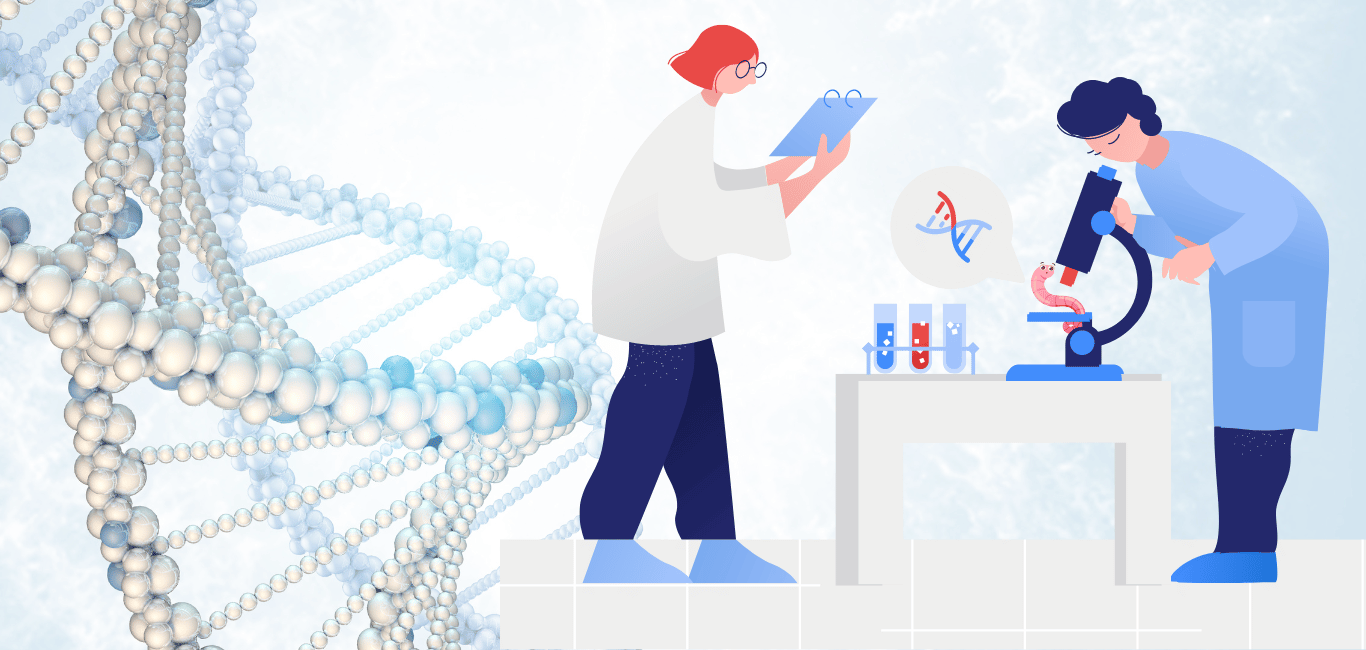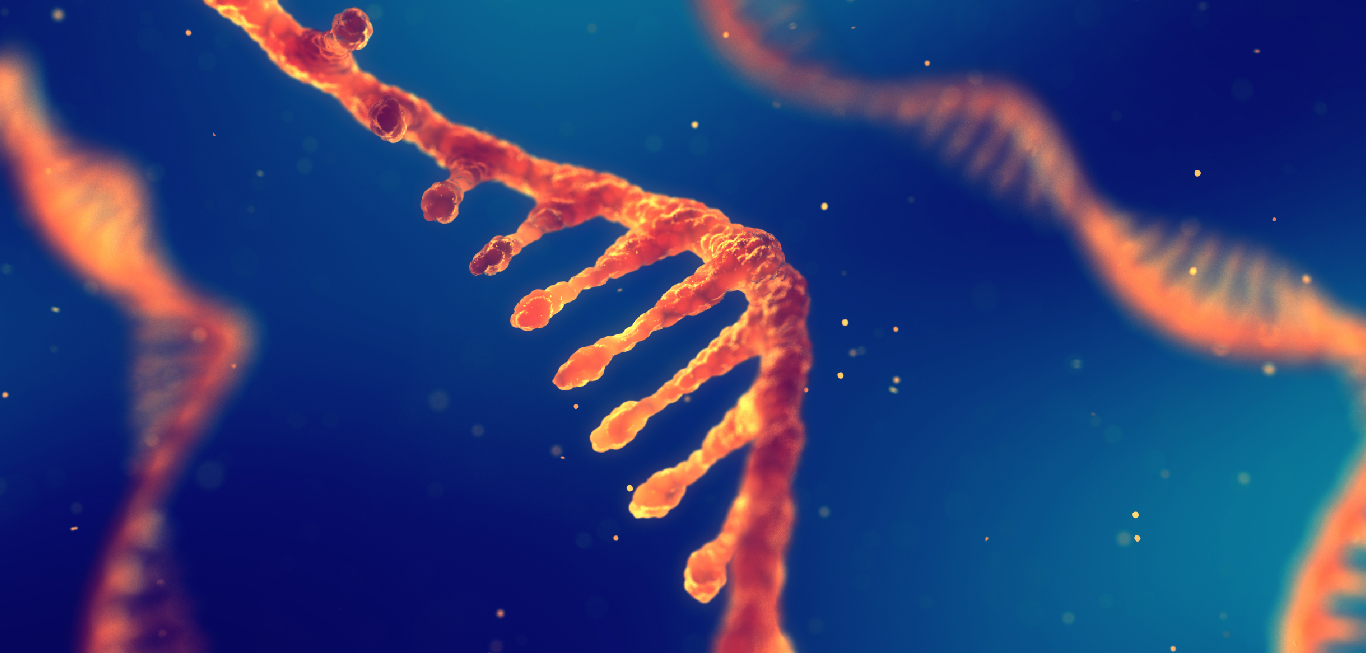
Researchers have inched closer to understanding genes that are potentially involved in the ageing of humans. In a study published in Science Direct, scientists, discovered a mutation using a new technique in the gene PAB-1 in roundworms that leads to excessive unwanted protein strands in cells regulating ageing.
“There are a lot of genes out there that we still don’t know what they do, particularly in regard to ageing,” says Dr Adriana San Miguel, corresponding author of the paper and assistant professor of chemical and biomolecular engineering at North Carolina State University, USA, in a statement.
Cellular changes that lead to ageing in humans is hard to track when they are young. Hence, researchers require fast reproducing and short lifespan animal models for conclusive research. Roundworms (C.elegans) fit this requirement; moreover, nearly 83 per cent of the worm’s genes match with those in humans.
Researchers use unwanted protein accumulation in cells as a marker to assess ageing. Cells constantly manufacture proteins to carry out functions while flushing out waste proteins. As cells age, the ability to perform these functions diminishes, resulting in the excess proteins clumping together.
In this study, the researchers induced random gene mutations in the worms. They then separated the worms with higher protein aggregation to study the genes related to ageing. Finally, the ones that had the shortest life and highest protein aggregation were picked up for further study on ageing.
When they analysed the genes, they discovered a mutation in the gene PAB-1, which indicated its role in ageing. Then, they cross-verified their result by taking one single worm with the highest protein accumulation. Here too, they found that the worm carried the same PAB-1 gene mutation.
Dr Miguel says that the protein aggregation and lifespan data allow to assess which mutations may be most relevant to ageing so that future research can focus on those genes.
“We think the technique we’ve demonstrated in this paper can be used by others in the research community to help identify genes of interest and expedite research into the genetics of ageing,” adds Dr Miguel.


















One Response
So, what is the solution to stop ageing?